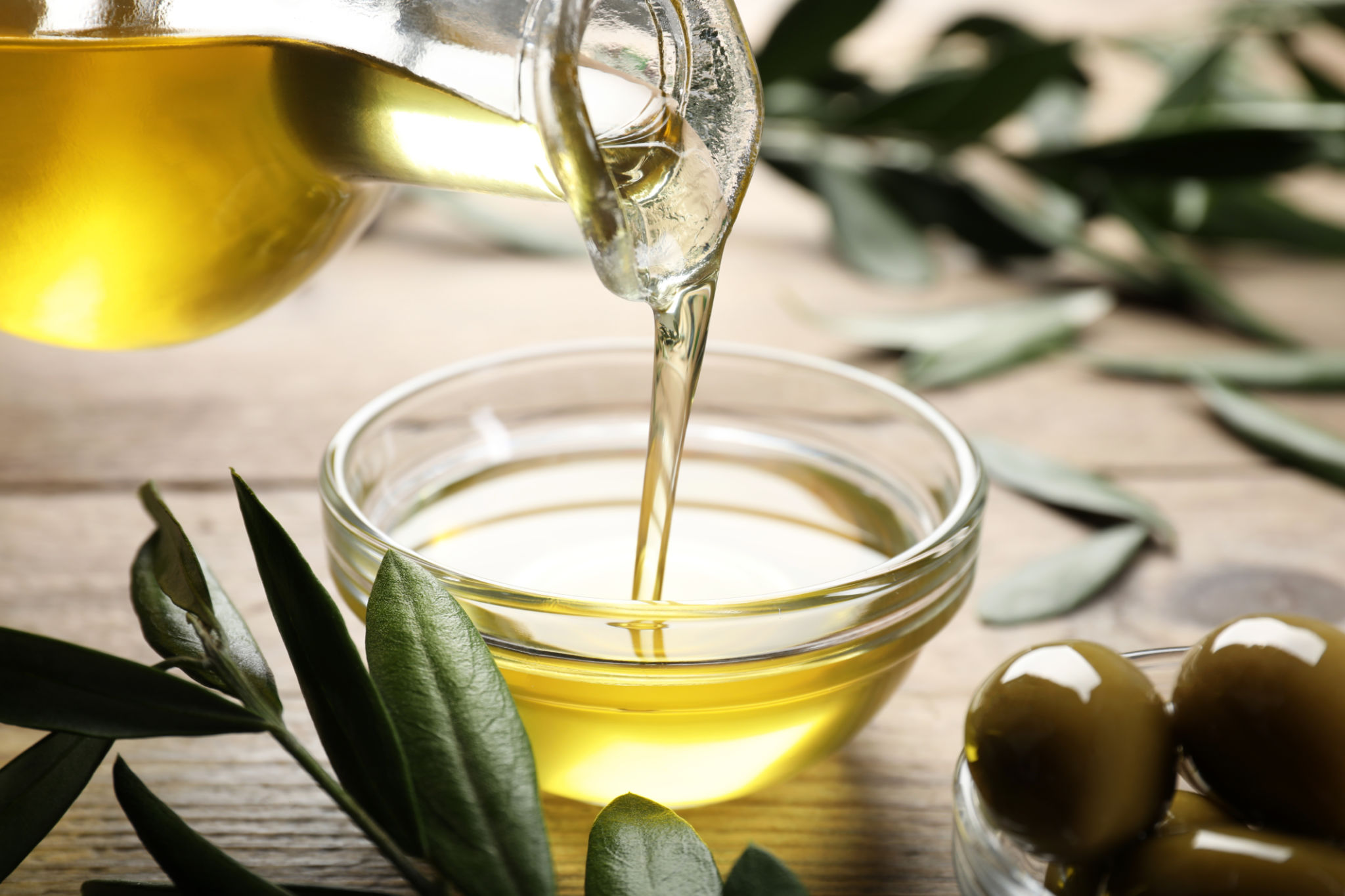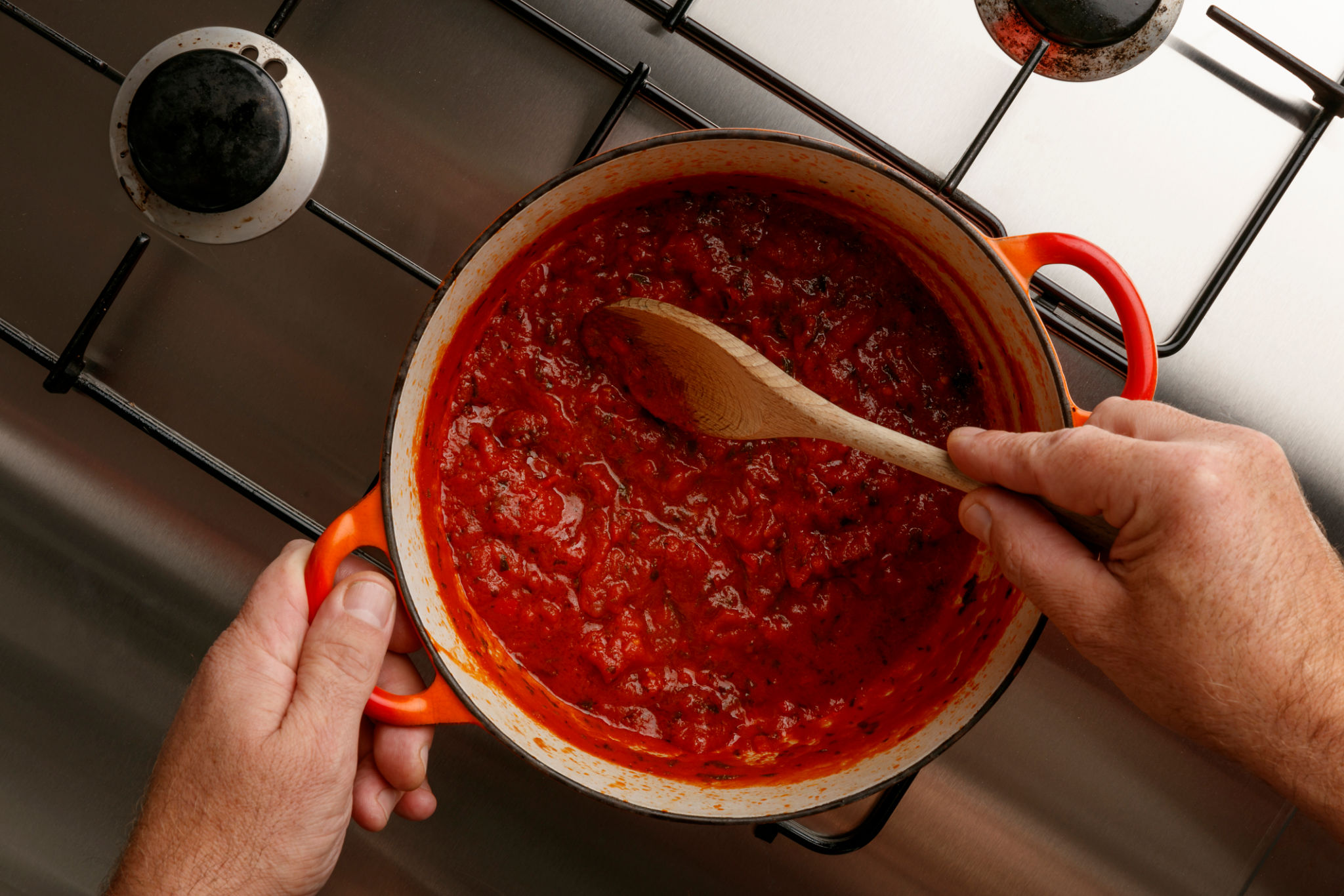Common Mistakes When Making Pasta and How to Avoid Them
Overcooking the Pasta
One of the most frequent mistakes when making pasta is overcooking it. Pasta should be cooked until it's al dente, meaning it should have a slight firmness when bitten. Overcooking results in a mushy texture that can ruin the dish.
To avoid this, check the pasta a minute or two before the time indicated on the package. Taste a piece to ensure it's cooked to your liking. Remember, pasta continues to cook slightly even after it's been drained, so err on the side of undercooking.

Not Using Enough Water
An often overlooked aspect of cooking pasta is the amount of water used. Pasta needs plenty of space to move around in the pot to cook evenly and prevent sticking. Using too little water can result in clumpy pasta with uneven texture.
Use at least four to six quarts of water for every pound of pasta. This ensures that there's enough room for the pasta to expand and move freely as it cooks.
Skipping the Salt
Some people skip adding salt to the boiling water, but this is a crucial step for flavorful pasta. Salt enhances the natural taste of the pasta and helps bring out its full potential.
Add about one tablespoon of salt per gallon of water. This may seem like a lot, but most of it will be drained away with the water, leaving just enough to season the pasta.

Rinsing the Pasta
Rinsing cooked pasta under cold water is another common mistake. This practice washes away the starches that help sauces adhere to the pasta. It also cools down the pasta, which can affect its texture and flavor.
The only time you should rinse pasta is if you're making a cold pasta salad. Otherwise, simply drain it and toss it with your sauce immediately.
Adding Oil to the Water
Many cooks add oil to the pasta water to prevent sticking, but this can have unintended consequences. The oil creates a slippery coating on the pasta, making it difficult for sauces to cling to it.
Instead of using oil, stir the pasta occasionally as it cooks. This will keep it from sticking together without affecting the sauce's ability to adhere.

Ignoring Portion Sizes
Cooking too much or too little pasta can throw off your meal plan. It's important to measure out portions correctly before cooking to avoid waste or shortage.
A general guideline is to use about two ounces of dry pasta per person as a main course. Adjust this amount based on your appetite and any additional dishes being served alongside.
Not Saving Pasta Water
Pasta water is liquid gold when it comes to creating perfect sauces. The starchy water helps emulsify and thicken sauces, allowing them to coat the pasta beautifully.
Before draining your pasta, reserve a cup of the cooking water. Add it gradually to your sauce until it reaches your desired consistency and flavor.

Conclusion
Avoiding these common mistakes can elevate your pasta dishes from ordinary to extraordinary. By paying attention to details like cooking time, water usage, and seasoning, you'll be on your way to creating delicious, restaurant-quality meals at home.
Remember, practice makes perfect in the kitchen. With these tips in mind, you'll find yourself cooking pasta like a pro in no time!